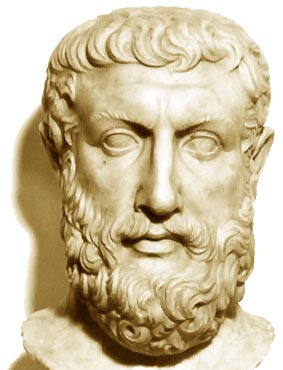
Likeness and unlikeness are qualities which have corresponding forms. This hierarchy of reliance explains how and why Socrates is able to reject Zeno’s claim that ‘things cannot be like and unlike’. Socrates’ Response to Zeno “Study for painting with White Form” by Wassily Kandinsky, 1913, via MoMA. Effectively, these two doctrines designate a hierarchy of reliance between forms and things as they appear. It is itself regardless of any further facts about things which partake in it. Secondly, there is the principle of separation: the Form is independent of the things which participate in it. That is, there is a causal relationship between the Forms and things which appear to us. Socrates sets out a number of principles and features of the forms, two of which are worth setting out explicitly.įirstly, there is the principle of causality: things that have a certain quality or are a certain kind of thing, apart from the form of said quality or kind of thing, as so because they ‘participate’ in the Form in question. All of the latter constitute partial definitions of the ‘Form’ in Plato’s work, an essentially indefinable idea. Appearance, that is the world of particular things which appear to us, is merely a shadow or reflection of reality, the realm of concepts, of absolutes, of things in themselves. The essential division in Platonic thought is between appearance and reality. What Are Forms? A photograph of the Acropolis in Elea, 2013, from Wikimedia Commons. Motivating the Forms in the Parmenides A photograph of the Athenian Acropolis, 2006, from Wikimedia Commons. It should not be understood as an account of Plato’s theory in general.

Although certain basic elements of this theory are more or less consistent across the Platonic corpus, this theory is developed in quite different ways in different dialogues.īecause Parmenides’ arguments are a critique of the Platonic theory of the forms as it is stated in the Parmenides, what follows is primarily an account of this theory as it is set out in the Parmenides. One consequence of this latter approach is the development of what is commonly known as the ‘Theory of the Forms’.

In what is often called the ‘middle period’ of Plato’s authorship, there is a move away from this tightly focused style of inquiry, and towards a more open-ended, constructive approach.

In the earlier part of his authorship, Plato has the character of Socrates investigating certain specific topics by enquiring into their true nature: “what is x?” being the typical subject of such dialogues – whether the “x” is virtue, piety, or friendship. Locating Plato’s Parmenides : The Progression of Plato’s Authorship Left to right A marble bust of Plato (4th Century AD) with a bust of Parmenides (1st Century AD).


 0 kommentar(er)
0 kommentar(er)
